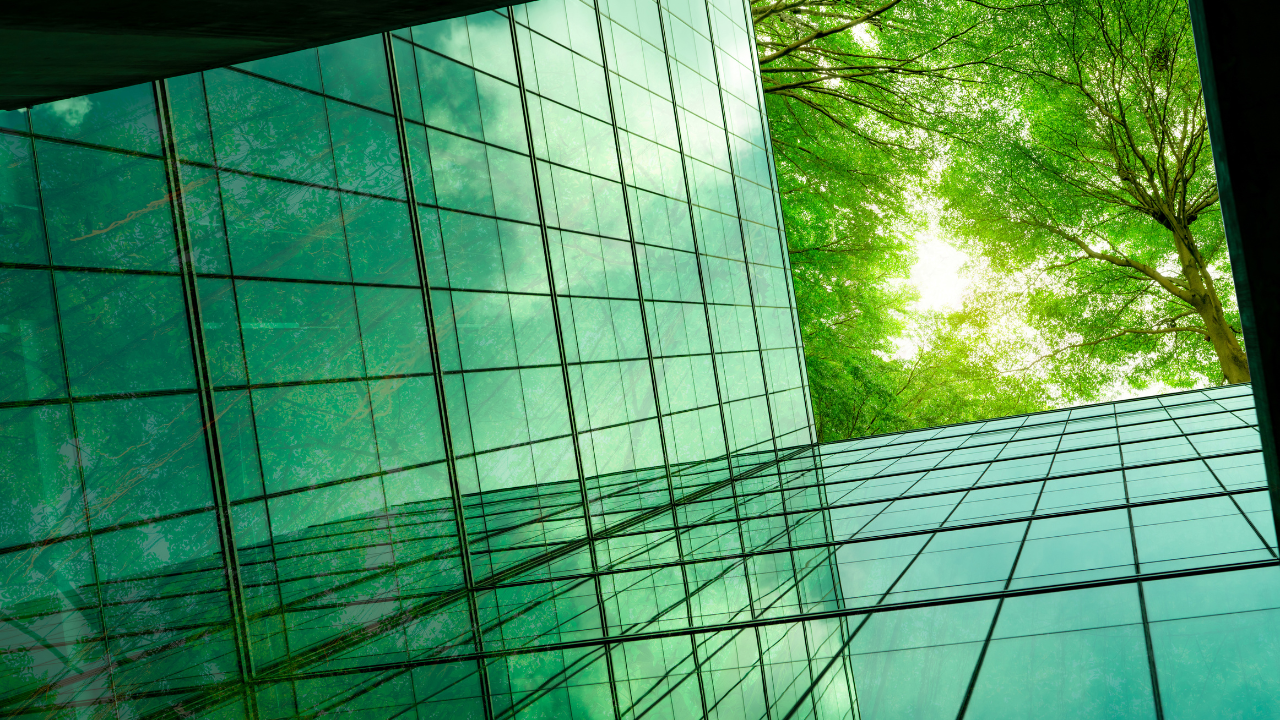 Have you ever stepped into an office space and immediately felt your mood lifted by the vibrant greenery, cleverly integrated natural lighting, and furniture crafted from recycled materials? If so, you’ve likely encountered the growing sustainable design trend. But this isn’t just about aesthetic appeal; it’s a holistic strategy grounded in environmental responsibility and long-term financial benefits. Today, we’ll look at the art of sustainable design and the increasingly popular eco-friendly approaches to office fit-outs.
Have you ever stepped into an office space and immediately felt your mood lifted by the vibrant greenery, cleverly integrated natural lighting, and furniture crafted from recycled materials? If so, you’ve likely encountered the growing sustainable design trend. But this isn’t just about aesthetic appeal; it’s a holistic strategy grounded in environmental responsibility and long-term financial benefits. Today, we’ll look at the art of sustainable design and the increasingly popular eco-friendly approaches to office fit-outs.
A shift is taking place in the world of office design. No longer satisfied with traditional, often stuffy office environments, more and more businesses are embracing Concept office fitouts in Australia. And at the forefront of this movement is an emphasis on sustainability. As awareness of the importance of environmental protection grows, so does the demand for office spaces that look good and minimise their ecological impact.
The Rising Popularity of Sustainable Office Design
-
What is Sustainable Design?
At its core, sustainable design aims to reduce the negative environmental impact of buildings through efficiency and moderation in the use of materials, energy, and development space. This eco-friendly approach integrates the concept of sustainability into all design aspects, aiming to create a balanced environment that benefits both occupants and the wider ecosystem.
-
Why is Sustainable Design Important?
Beyond the environmental benefits, sustainable design in office fit-outs directly impacts employee health, productivity, and overall well-being. Improved air quality, natural lighting, and thermal comfort can significantly enhance employees’ comfort and performance. Furthermore, it aligns with the growing expectations of customers, stakeholders, and employees for businesses to demonstrate a strong commitment to sustainability.
Eco-Friendly Approaches to Office Fitouts
-
Integrating Natural Elements
One of the easiest ways to make an office fit out more sustainable is by incorporating biophilic design elements. This can range from indoor plants, which improve air quality, to maximising natural light through clever window placement and using nature-inspired textures and patterns. These design elements can reduce energy consumption and create a more pleasant and productive work environment.
-
Using Sustainable Materials
Choosing furniture and fittings made from recycled or sustainably sourced materials is another vital component of an eco-friendly fitout. This could mean choosing desks made from reclaimed wood or carpets made from recycled materials. Even small choices, like using paint with low volatile organic compounds (VOCs), can significantly reduce the environmental footprint of an office fitout.
-
Optimising Energy Efficiency
Finally, energy-efficient lighting, heating, and cooling systems can dramatically decrease the environmental impact of office space. LED lights, for instance, use up to 75% less energy than traditional incandescent bulbs. Similarly, smart thermostats and energy-efficient appliances can significantly reduce a company’s carbon footprint. This can be particularly helpful in ensuring that your building complies with MEES regulations – especially if you’re looking to sell the building at a later date – and you can learn more here about the current required energy standards in the workplace.
The Benefits of Sustainable Office Fitouts
Embracing sustainable design in office fit-outs is beneficial for the environment and offers significant advantages for businesses. Improved employee morale and productivity, cost savings from energy efficiency, and enhanced brand reputation are all tangible benefits of adopting a more sustainable approach to office design.
Conclusion: The Future of Office Design Is Sustainable
The rising popularity of eco-friendly office fit-outs in Australia is a clear testament to the growing recognition of businesses’ critical role in promoting sustainability. The trend towards sustainability represents not just a shift in aesthetics but a fundamental change in how we think about the spaces in which we work.
As we continue to navigate the challenges of the 21st century, it’s clear that the future of office design lies in sustainable practices. So whether you’re planning a new office fitout or looking to make your current workspace more environmentally friendly, considering sustainable design principles is not just a smart choice—it’s an essential one.
See some more of my business-related posts here
